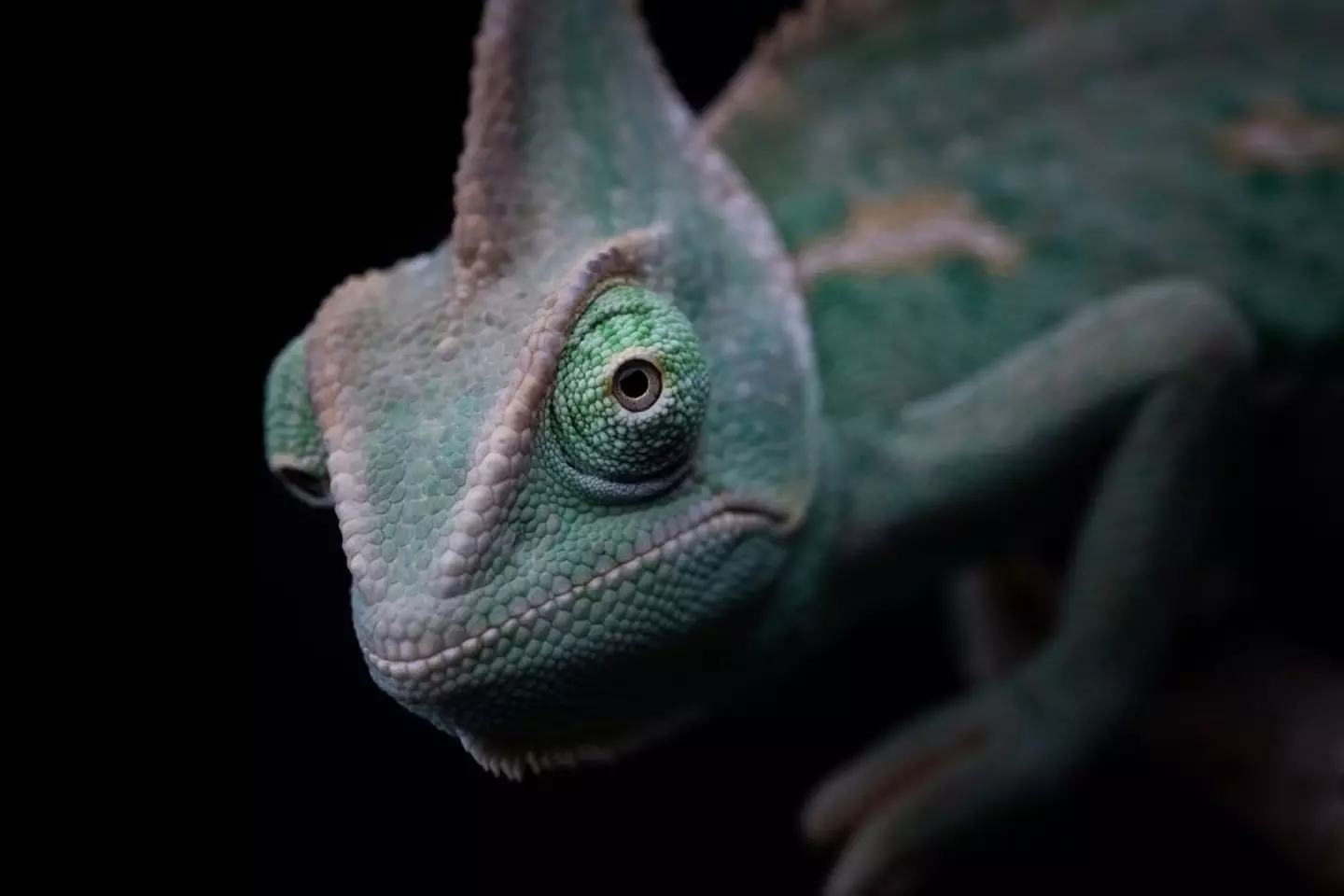
The prospect of a real-life invisibility cloak has always seemed impossible, but a recent discovery by scientists has led many to believe it might be closer than we initially thought.
Science is at the heart of many previously impossible discoveries, from life-extending pills to miniature atomic clocks, but an invisibility cloak of sorts would be one of the most exciting and potentially dangerous so far.
Seen only in the suits of superheroes and the magical world of Harry Potter so far, invisibility is something that has been deemed impossible to achieve scientifically, despite similar behavior being present within animals like chameleons.

Advert
That is until now, as Chinese scientists have researched a new 'camouflage material' that changes its molecular composition to blend into whatever lies around it.
The study has been able to conjure up color-switching materials in a process that has been named 'self-adaptive photochromism', or 'SAP' for short. This technology allows the material to adapt its appearance when under different light wavelengths, effectively duplicating the color makeup of its surroundings and becoming 'invisible'.
As reported by the South China Morning Post, the project's lead researcher Wang Dongsheng remarked: "Applying this technology to clothing could make an individual effectively 'invisible'," continuing on to point out that the tech would have strong applications in both military and architecture sectors.
Their research was tested after a transparent container with SAP inside was placed in boxes with different block colors, and the material was able to effectively change its visual makeup to blend into the background.
Advert

It was even successful when placed against clusters of different colors, matching a background of red, green, and yellow clusters in under a minute.
The biggest 'catch' of this technology - at least in its current format - is the time it takes for the material to adjust to its surroundings. Much like a chameleon or octopus the transformation isn't instant and would only really work when the material remains static.
This would then suppress any wild ideas about people being able to become fully invisible 'like magic', but it would definitely prove to be an effective tool in certain scenarios when remaining hidden or keeping something out of sight is of importance.
Advert
What is a massive benefit in SAP's favor compared to existing invisibility-like technologies is that it's a naturally occurring material that doesn't rely on any external power, and can be used or molded in a number of different ways.
It's unlikely that we'll see it used in widespread cases for some time now, but it's definitely something to keep your eyes peeled for - although with its current properties you might find that to be quite challenging.
